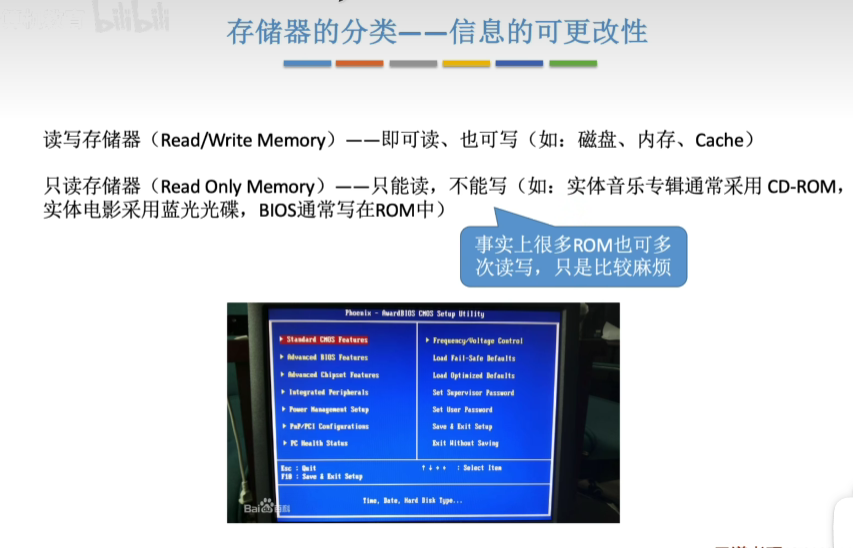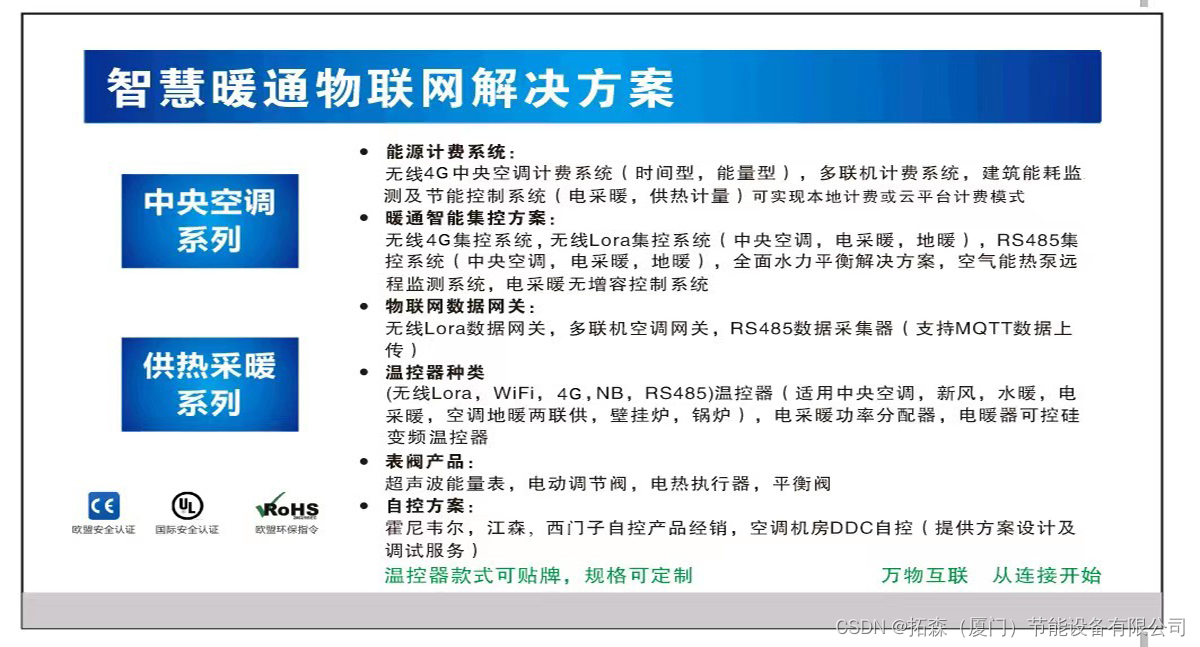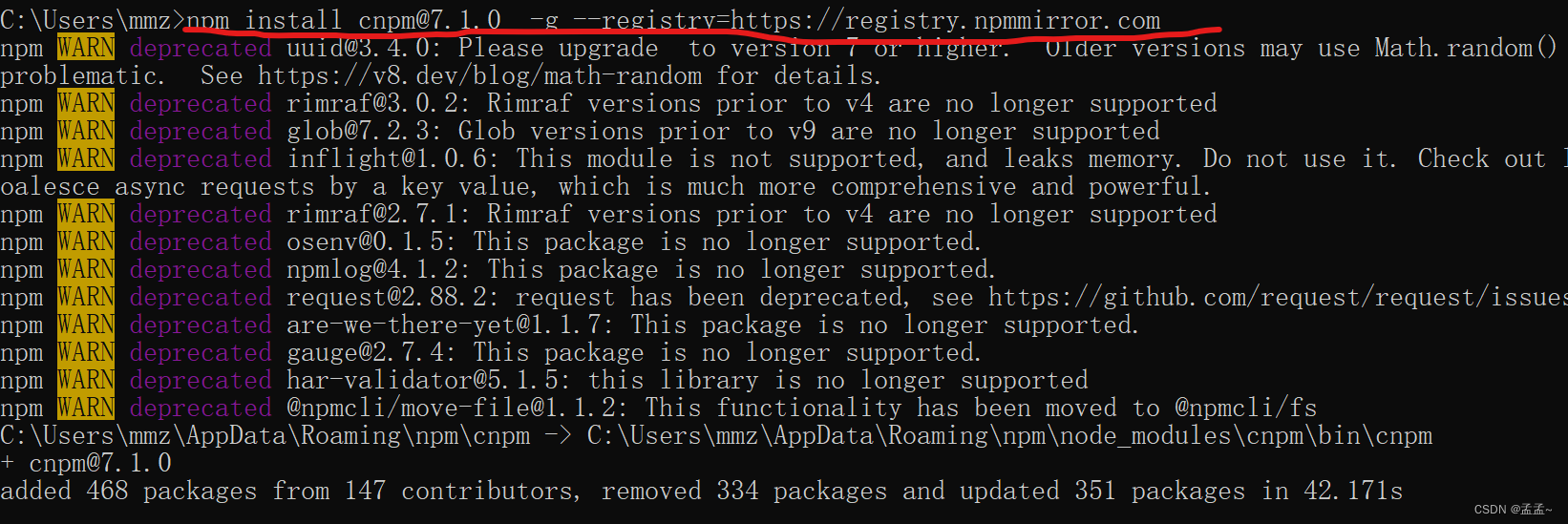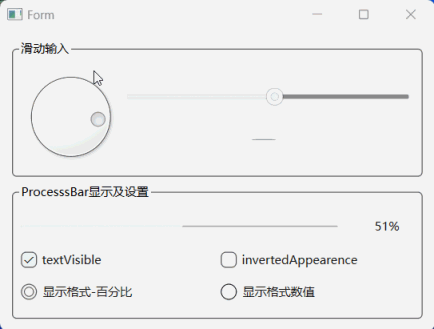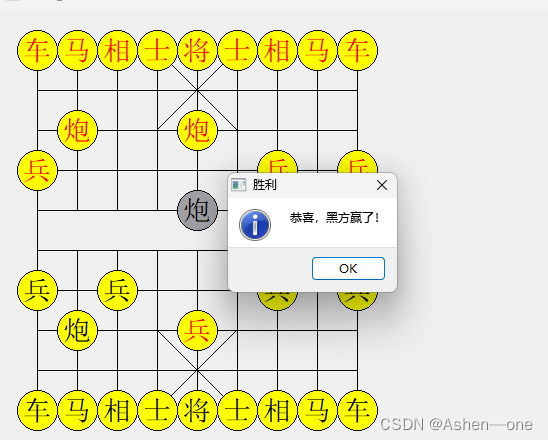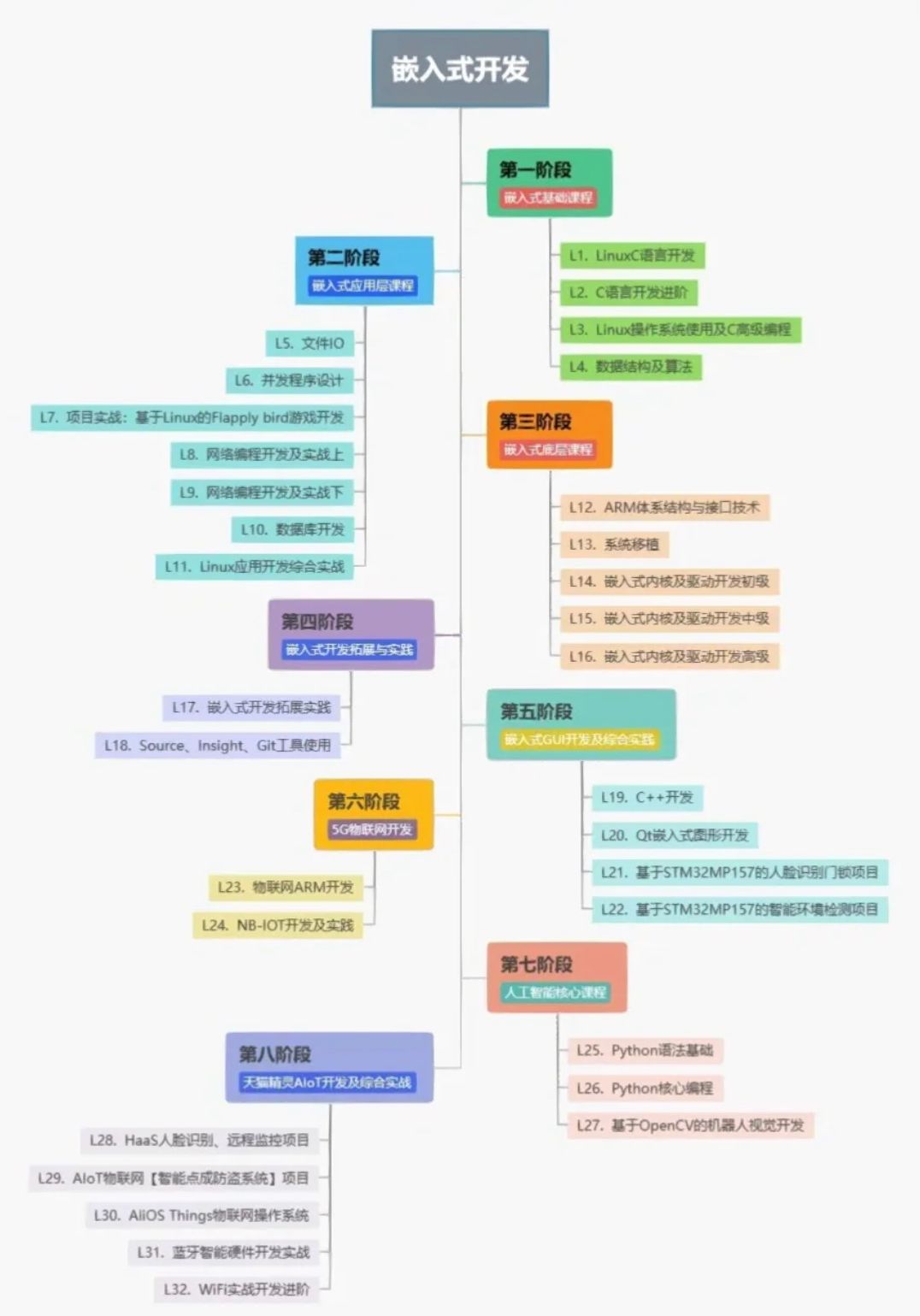文末免费赠精品编程资料~~
Python不仅仅是一种编程语言,它还是解决问题的艺术,充满了让人拍案叫绝的“小巧思”。通过这15个小技巧,你不仅能提升编程技能,还能让你的代码更加优雅、高效。让我们一探究竟吧!
1. 列表推导式 - 快速处理列表
妙用 : 将所有列表中的元素平方。
numbers = [1, 2, 3]
squared = [num ** 2 for num in numbers]
print(squared) # 输出: [1, 4, 9]
解析 : 这行代码比循环简洁多了,一行完成任务,提升代码可读性。
2. 生成器表达式 - 节省内存
当处理大数据时,使用生成器而非列表。
big_range = (i for i in range(1000000))
只在需要时才计算下一个值,内存友好。
3. enumerate - 遍历同时获取索引和值
fruits = ['apple', 'banana', 'cherry']
for i, fruit in enumerate(fruits):
print(f"Index {i}: {fruit}")
这样可以清晰地知道每个元素的位置。
4. 解包操作 - 简化变量赋值
a, b, *rest = [1, 2, 3, 4, 5]
print(a, b, rest) # 1 2 [3, 4, 5]
星号(*)帮助我们轻松解包剩余元素。
5. 字典推导式 - 快速构建字典
keys = ['x', 'y', 'z']
values = [1, 2, 3]
my_dict = {k: v for k, v in zip(keys, values)}
print(my_dict) # {'x': 1, 'y': 2, 'z': 3}
字典推导让字典创建变得轻而易举。
6. any() 和 all() - 高级逻辑判断
-
any()只要列表中有一个元素为True就返回True。 -
all()需要所有元素都为True才返回True。
numbers = [0, 1, 2]
print(any(numbers)) # True
print(all(numbers != 0)) # False
7. 切片操作 - 不只是取子序列
numbers = [1, 2, 3, 4, 5]
# 反转列表
print(numbers[::-1]) # [5, 4, 3, 2, 1]
切片的强大远远不止于此。
8. 高阶函数 - map(), filter(), reduce()
-
map(func, iterable)应用函数于每个元素。 -
filter(func, iterable)过滤出使函数返回True的元素。 -
reduce(func, iterable[, initializer])对序列应用累积函数。
from functools import reduce
nums = [1, 2, 3]
print(list(map(lambda x: x**2, nums))) # [1, 4, 9]
print(list(filter(lambda x: x % 2 == 0, nums))) # [2]
print(reduce(lambda x, y: x+y, nums)) # 6
9. 上下文管理器 - 自动资源管理
with open('example.txt', 'w') as file:
file.write("Hello, world!")
确保文件无论成功还是异常都会被正确关闭。
10. 装饰器 - 动态增强函数功能
def my_decorator(func):
def wrapper():
print("Something is happening before the function is called.")
func()
print("Something is happening after the function is called.")
return wrapper
@my_decorator
def say_hello():
print("Hello!")
say_hello()
装饰器让函数增强功能变得优雅。
11. 生成器函数 - 懒惰计算
def count_up_to(n):
num = 1
while num <= n:
yield num
num += 1
使用yield关键字,按需生成数据。
12. 类的魔术方法 - 深入对象内部
如__init__, __str__, 让你的类行为更像内置类型。
class Person:
def __init__(self, name):
self.name = name
def __str__(self):
return f"I am {self.name}"
p = Person("Alice")
print(p) # 输出: I am Alice
13. 断言 - 简单的错误检查
def divide(a, b):
assert b != 0, "除数不能为0"
return a / b
用于测试代码的假设条件,提高代码健壮性。
14. 软件包管理 - pip
安装第三方库,比如requests:
pip install requests
简化依赖管理,拓宽编程可能性。
15. F-strings - 字符串格式化新星(自Python 3.6起)
name = "Bob"
age = 30
print(f"My name is {name} and I am {age} years old.")
直观且高效的字符串拼接方式。
进阶与高级技巧
16. 异步编程 - 使用asyncio
异步编程是现代Python中处理I/O密集型任务的重要工具。Python 3.7+ 引入了async和await关键字,简化了并发编程。
import asyncio
async def my_coroutine():
await asyncio.sleep(1)
print("Coroutine finished after 1 second.")
async def main():
task = asyncio.create_task(my_coroutine())
await task
asyncio.run(main())
这段代码展示了如何定义一个协程并等待其完成,异步执行使得程序在等待I/O操作时不会阻塞。
17. 路径库pathlib - 文件系统操作的新方式
自Python 3.4起,pathlib模块提供了面向对象的方式来处理文件路径。
from pathlib import Path
# 创建或访问路径
my_path = Path.home() / "Documents/example.txt"
my_path.touch() # 创建文件
print(my_path.read_text()) # 读取文件内容
使用pathlib,文件操作变得更自然、更少出错。
18. 单元测试 - unittest框架
编写单元测试是确保代码质量的关键。Python标准库中的unittest提供了丰富的测试工具。
import unittest
class TestMyFunction(unittest.TestCase):
def test_add(self):
from my_module import add
self.assertEqual(add(1, 2), 3)
if __name__ == '__main__':
unittest.main()
通过单元测试,你可以验证函数的正确性,及时发现错误。
19. 类的继承与多态
面向对象编程的核心概念之一。
class Animal:
def speak(self):
raise NotImplementedError()
class Dog(Animal):
def speak(self):
return "Woof!"
class Cat(Animal):
def speak(self):
return "Meow!"
for animal in [Dog(), Cat()]:
print(animal.speak())
这里展示了通过继承实现多态,不同的类对同一方法的不同实现。
20. 虚拟环境 - 环境管理
虚拟环境 (venv 或 pipenv) 保证项目依赖隔离。
python3 -m venv myenv
source myenv/bin/activate # 在Linux/macOS
myenv\Scripts\activate # 在Windows
pip install package-you-need
使用虚拟环境避免了库版本冲突,是现代开发的标准做法。
最后这里免费分享给大家一份Python全台学习资料,包含视频、源码。课件,希望能帮到那些不满现状,想提升自己却又没有方向的朋友,也可以和我一起来学习交流呀。
编程资料、学习路线图、源代码、软件安装包等!【点击这里】领取!
① Python所有方向的学习路线图,清楚各个方向要学什么东西
② 100多节Python课程视频,涵盖必备基础、爬虫和数据分析
③ 100多个Python实战案例,学习不再是只会理论
④ 华为出品独家Python漫画教程,手机也能学习
⑤ 历年互联网企业Python面试真题,复习时非常方便




